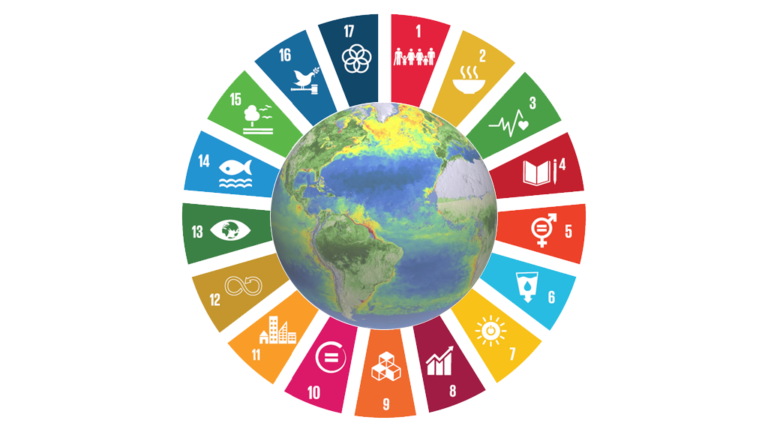Sustainable Development Goals: Agenda 2030

The Sustainable Development Goals are a set of end goals or objectives laid down, also known as the Global Goals, which are set to be achieved by the year 2030. These objectives were adopted by all the member states and organs of the United Nations in the year 2015. These objectives act as a global call for action to end issues which bother humanity and the eradication of which would lead to peace and prosperity, by the year 2030.
The idea for the need of SDGs was hatched during the Rio+20 Summit in Brazil, in 2012. These SDGs were agreed to be used in place of the eight Millennium Development Goals, which expired in 2015. The MDGs were formulated in the year 2000 and targeted 8 broad categories of problems. The MDGs were concrete, specific and measurable, and therefore helped establish some priority areas of focus in international development. The only problem with the MDGs was that while it worked towards the basic issues, it did not accommodate the bigger and graver ones. The SDGs stemmed out of these problems, and addressed the scope of accommodating more such acute issues and laying down proper provisions to deal with the same. The targets to be achieved and the problems to be combatted were a lot more specific and wide ranging in the SDGs devised in the year 2015.

These end goals are divided into 17 well defined areas of action. These 17 SDGs recognise the harmonious interrelation of activities and acknowledge the fact that action even in one sphere will affect the outcomes in others, and that any development being undertaken, should be done after taking into consideration the socio-economic-and environmental sustainability.
The SDGs are technically a global pact to end pressing issues like poverty, save the environment, and make education more accessible to everyone, among others. These 17 SDGs are accompanied by 169 specific targets and 232 measurable indicators. These are also referred to as the 2030 Agenda, which member countries resolved to undertake with “bold and transformative steps which are urgently needed to shift the world onto a sustainable and resilient path. As we embark on this collective journey, we pledge that no one will be left behind.”
These goals are pervasive and universal and are binding on all countries of the world. It took 3 years to specifically tailor the targets and the objectives for the agenda. These SDGs were finally consolidated on 25th September 2015, when 193 countries agreed and signed the document to make the commitment of achieving these targets by the year 2030.
The goals and targets are mutually inclusive. One cannot exist without the other. For example, Poverty (Goal 1) is the cause of hunger and malnutrition (Goal 2), it may lead to health problems (Goal 3) and that may, in turn, prevent the child from completing their education (Goal 4), or adults from getting a job (Goal 8). These chains of events are interlinked to the objective such goals aim to achieve, which is why, one goal cannot exist without equitable action being taken for another.The subject matter of SDGs cover poverty, education, health, climate change and a lot of such factors which might pose a threat to the way humans function.
This blogpost is the first post in a series of posts which will address the issue of SDGs in detail. Stay tuned for more!

un.org
salesforce.org
